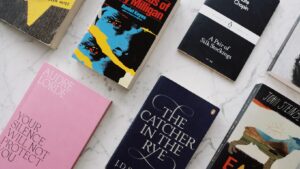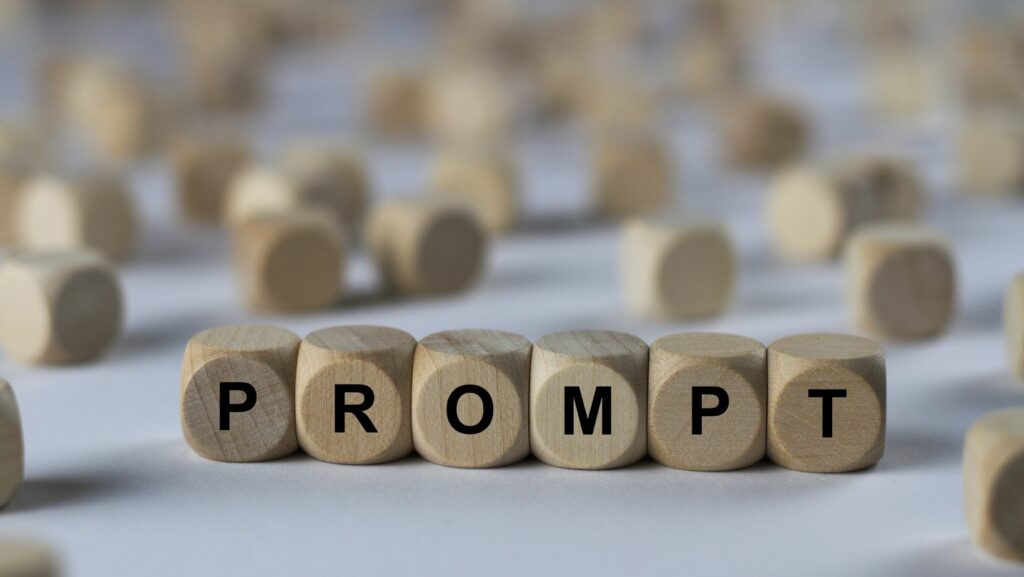Creative nonfiction stories blend the art of storytelling with the authenticity of real-life events. This genre invites readers to explore the world through a lens that combines factual accuracy with the narrative flair of fiction. It’s a place where memoirs, personal essays, and literary journalism converge, offering a rich tapestry of human experiences. Writers of creative nonfiction craft their narratives with the same attention to detail and character development found in fiction, yet they remain true to real events and people. This delicate balance allows for a deeper connection with readers, who are drawn into the emotional and intellectual depths of the story.
Whether it’s a poignant memoir or an insightful essay, creative nonfiction has the power to illuminate the truth in ways that resonate long after the last page is turned. This genre not only captivates audiences with its emotional depth but also challenges writers to maintain integrity through factual accuracy. As notable authors like Joan Didion and Truman Capote have demonstrated, creative nonfiction enriches literature by providing a platform for truth to resonate deeply. The genre’s ability to transform personal and historical narratives into compelling stories ensures its enduring influence and significance in the literary world.
Creative Non Fiction Stories
 Creative nonfiction stories combine narrative techniques with factual events. Writers use storytelling to explore real-life experiences and insights. Writers in creative nonfiction maintain factual accuracy while crafting engaging narratives. They prioritize truth above embellishment, using real events to anchor the story.
Creative nonfiction stories combine narrative techniques with factual events. Writers use storytelling to explore real-life experiences and insights. Writers in creative nonfiction maintain factual accuracy while crafting engaging narratives. They prioritize truth above embellishment, using real events to anchor the story.
This discipline ensures authenticity, drawing readers into the lived experiences depicted. Examples include narrative essays that depict true personal growth and memoirs that recount historical events. Recognizing this dedication to truth enhances the genre’s credibility and impact. These works elevate factual reporting by infusing narratives with creativity, enhancing reader engagement. Creative nonfiction stands as a powerful genre that bridges the gap between factual reporting and storytelling.
By infusing real-life events with narrative flair, it offers readers an engaging and authentic experience. This genre not only captivates audiences with its emotional depth but also challenges writers to maintain integrity through factual accuracy.
Popular Creative Non Fiction Authors
Creative nonfiction authors are pivotal in blending storytelling with real-life events, crafting engaging narratives that resonate with readers. These authors reshaped creative nonfiction by introducing narrative elements that enhance factual storytelling. They helped establish a framework where truth gains depth through storytelling. Didion’s ability to reflect on personal experiences with honesty influences new writers seeking authenticity.
resonate with readers. These authors reshaped creative nonfiction by introducing narrative elements that enhance factual storytelling. They helped establish a framework where truth gains depth through storytelling. Didion’s ability to reflect on personal experiences with honesty influences new writers seeking authenticity.
Capote’s narrative style in “In Cold Blood” paved the way for narrative journalism, blending meticulous research with storytelling. Lamott’s instructional approach in her memoir educates and inspires writers to find their voices. Karr’s memoirs emphasize the importance of perspective, allowing readers to explore authors’ inner worlds. Together, these contributions have solidified creative nonfiction as a respected and impactful genre.
Classic Examples Of Creative Non Fiction Stories
 Creative nonfiction stories blend real events with storytelling magic, offering both insight and engagement. Examining essays, memoirs, and long-form journalism reveals the richness of this genre. Essays and memoirs often form the backbone of creative nonfiction.
Creative nonfiction stories blend real events with storytelling magic, offering both insight and engagement. Examining essays, memoirs, and long-form journalism reveals the richness of this genre. Essays and memoirs often form the backbone of creative nonfiction.
Annie Dillard’s “Total Eclipse” combines lyrical prose with personal observation during a solar eclipse, illustrating nature’s awe. James Baldwin’s “Notes of a Native Son” combines autobiographical elements and social commentary, shaping a powerful narrative about race and identity. In memoirs, Frank McCourt’s “Angela’s Ashes” presents a vivid portrait of poverty in Ireland, capturing human resilience. Long-form journalism uses in-depth reporting to deliver compelling narratives.
“The Journalist and the Murderer” by Janet Malcolm explores ethical dilemmas within journalism, raising questions about truth and objectivity. Gay Talese’s “Frank Sinatra Has a Cold” offers an intimate look at the legendary singer through immersive storytelling and meticulous detail. These works elevate factual reporting by infusing narratives with creativity, enhancing reader engagement.
Creative nonfiction stands as a powerful genre that bridges the gap between factual reporting and storytelling. By infusing real-life events with narrative flair, it offers readers an engaging and authentic experience.



